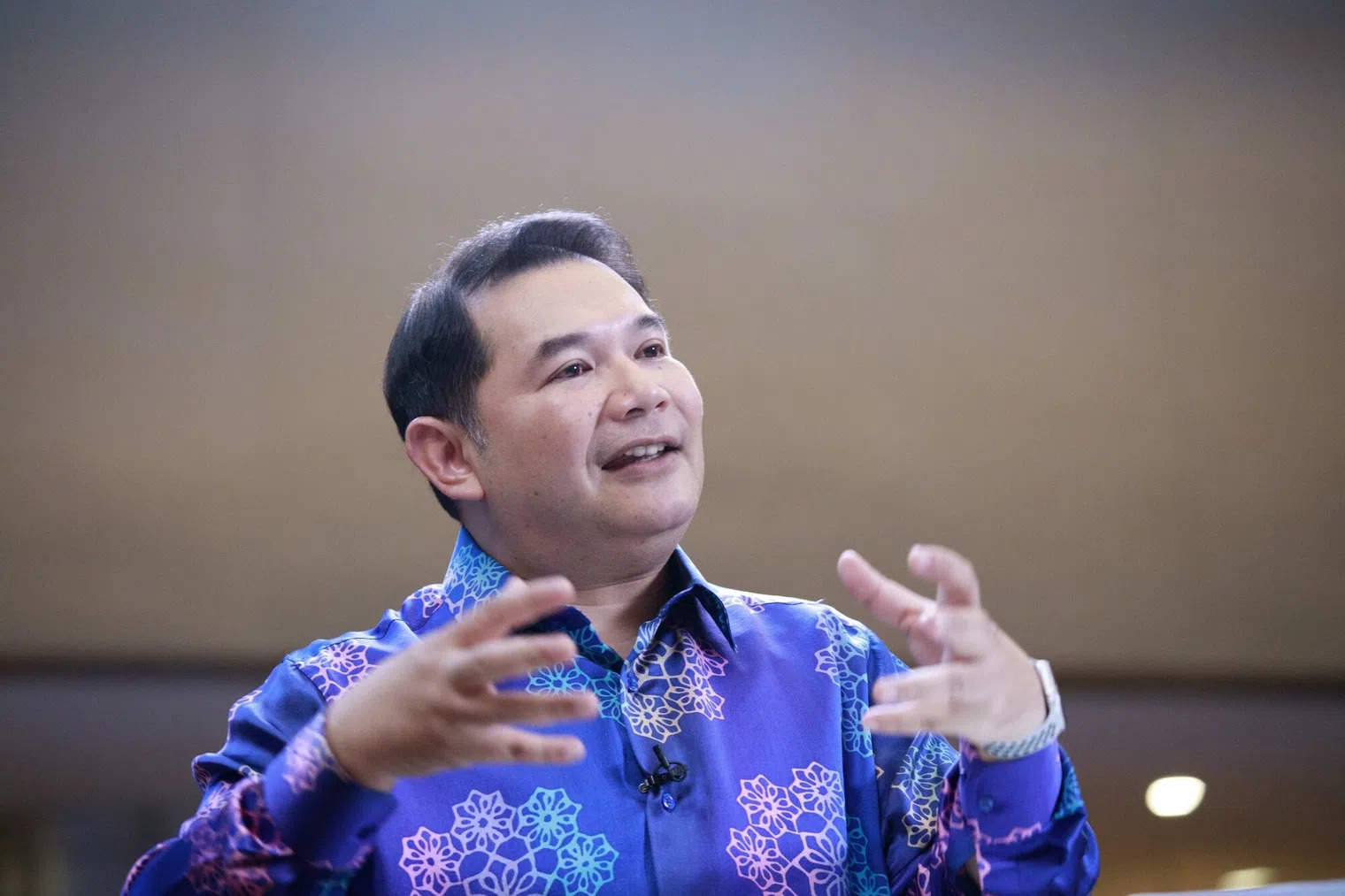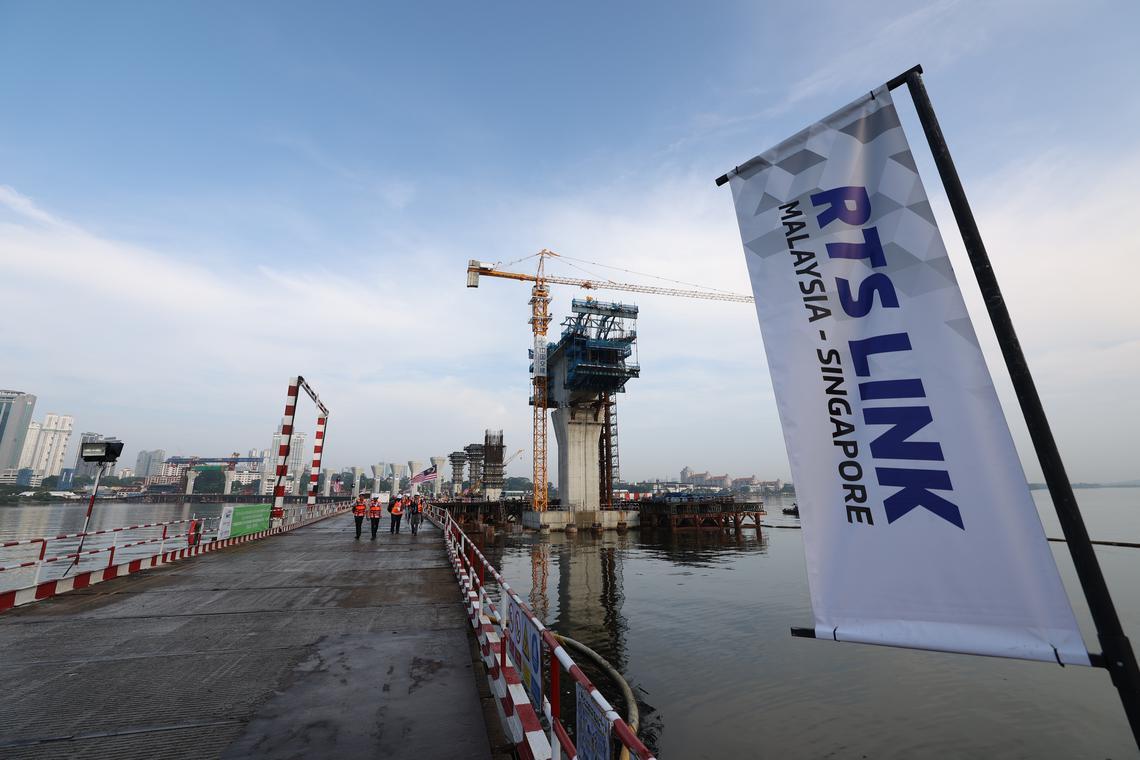Johor-Singapore SEZ’s faces toughest test – slashing immigration clearance delays, says Malaysian minister

(Photo credit: Bloomberg)
Source: The Business Times
The Johor-Singapore Special Economic Zone’s (JS-SEZ) biggest challenge is slashing immigration clearance time to 20 minutes – a crucial step to transform the congested Causeway into a seamless link for talent and trade and meet the SEZ’s ambitious goals, said Malaysia’s Economy Minister Rafizi Ramli.
He emphasised that addressing this hurdle is key to unlocking the zone’s full potential as a model for bilateral cooperation, the top priority being the harmonisation of customs policies and the use of technology to streamline clearance times.
“The real potential of Johor and Singapore can only be unlocked if we address the bottlenecks hindering seamless movement,” Rafizi stressed in an interview with The Business Times.
This efficiency is crucial for attracting talent and enabling Singaporeans to live in Johor while working in Singapore, he said, adding that without a fast and reliable commuting experience, the JS-SEZ risks falling short of its ambitious goals.
The Johor-Singapore Causeway is well-known as one of the busiest crossings in the world. As at March 2024, an average of between 430,000 and 450,000 people travelled through here daily, based on data from Johor Immigration. This figure even exceeds the 400,000 average recorded in 2019, prior to the pandemic.
Currently, immigration clearance in Johor takes as little as 30 minutes during off-peak times, but can stretch to several hours during peak periods.
The Johor Bahru-Singapore Rapid Transit System (RTS), set to begin operations on Jan 1, 2027, is expected to be a game changer in this regard. Additionally, QR code-based immigration clearance is being implemented to further cut travel times.
When operational, the RTS will have the capacity to ferry 10,000 passengers an hour in each direction between the Woodlands North and Bukit Chagar stations.
In an interview with BT last year, Mass Rapid Transit Corp chief executive Mohd Zarif Hashim reaffirmed the vision of reducing travel time between the two stations to 20 minutes or even less, stating that the project “will be meaningless” if this goal cannot be achieved.
Lessons learnt from Iskandar Malaysia

(Photo credit: BT File)
Beyond logistics, the JS-SEZ aspires to become a global model for cross-border collaboration. The zone aims to balance cost efficiency with ecosystem-building to avoid the pitfalls that plagued its predecessor, Iskandar Malaysia.
Launched in 2006 as Malaysia’s first economic corridor, Iskandar Malaysia attracted RM413.1 billion (S$125.8 billion) in investments as at December 2023, but failed to meet its employment target of 800,000 jobs, potentially falling short by 200,000 jobs by 2025, according to earlier reports.
Rafizi highlighted that an overemphasis on cost advantages, overbuilt properties and the lack of an integrated ecosystem were key shortcomings that hindered the development of Iskandar Malaysia.
Drawing from these lessons, he noted that the JS-SEZ will prioritise a demand-driven infrastructure approach and focus on building strong industry clusters to ensure sustainable long-term growth.
“This is not Iskandar Malaysia 2.0,” Rafizi said firmly, addressing market scepticism. He added that unlike its predecessor, the JS-SEZ is a collaborative initiative between Malaysia and Singapore, designed to harmonise policies and align priorities for mutual benefit.
As both governments are in the midst of finalising the blueprint for the JS-SEZ, Rafizi underscored that failure is not an option. “This is a critical initiative for both nations. We must get it right,” he said.
On Jan 6, Malaysia and Singapore signed an agreement to jointly develop the JS-SEZ, which aims to attract investments in 11 key sectors including the digital economy, logistics and energy.
The initiative is expected to have 50 projects in the next five years, with plans to expand to 100 projects over the next decade.
The JS-SEZ is expected to contribute US$26 billion to Malaysia’s gross domestic product and create 100,000 skilled jobs, with anticipation that these jobs could command a higher monthly salary ranging from RM3,000 to more than RM15,000.
He added that the government has proposed an initial RM5 billion infrastructure development fund for the JS-SEZ and may expand the fund size “if the return on investment is sufficiently high”.
Accelerate regional growth
Industry leaders are optimistic about the zone’s potential. Kelvin Cen, Bloomberg’s head of South-east Asia, noted that the JS-SEZ could accelerate regional growth and deepen financial markets if executed correctly.
“If done right, the JS-SEZ could create ripple effects that strengthen capital markets in the region and attract more global investors to both Malaysia and Singapore,” Cen told BT.
OCBC senior Asean economist Lavanya Venkateswaran highlighted several critical gaps that need to be addressed to attract global investors to the JS-SEZ.
Key among them are the lack of detailed tax incentives and the need for significant progress in physical infrastructure development across the 3,500 square km zone, which spans six districts in southern Johor.
While the RTS has generated strong interest, Venkateswaran emphasised that improving Johor’s broader infrastructure – such as roads, bus networks and rail connectivity – would greatly enhance the JS-SEZ’s appeal to international investors.
MIDF Research echoed similar sentiments in a Jan 8 report, stating that favourable government policies and technological advancements to reduce red tape could serve as key catalysts for Johor’s long-term growth. One such initiative involves developing a streamlined system to expedite property-related application processes.
To further improve efficiency, the Johor state government has introduced the Invest Johor Super Lane at the Invest Malaysia Facilitation Centre - Johor. This initiative standardises processes and simplifies business approvals within the JS-SEZ, positioning the zone as a more business-friendly and attractive destination for investors.
